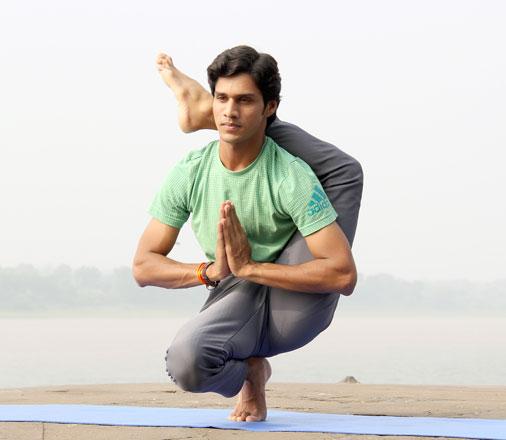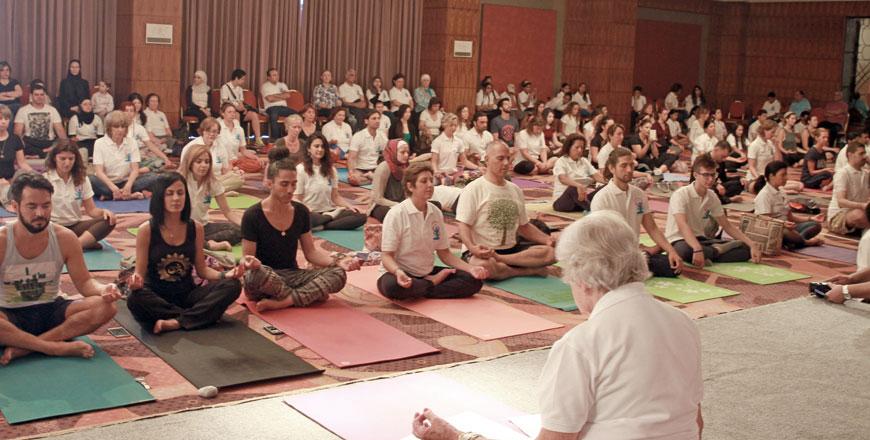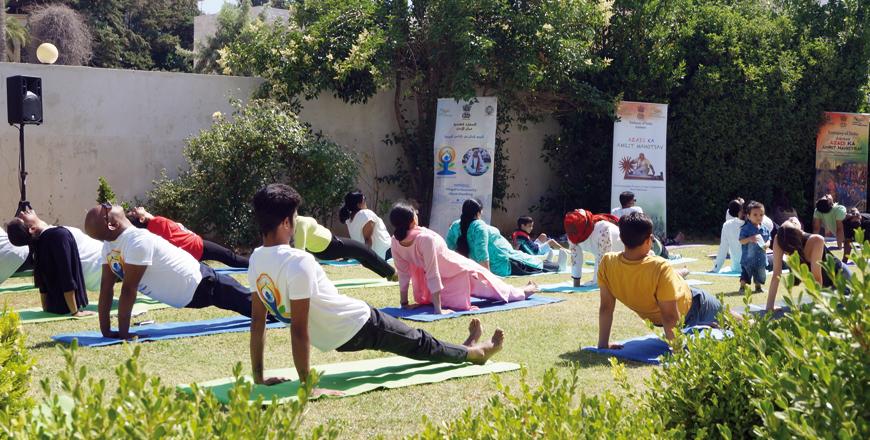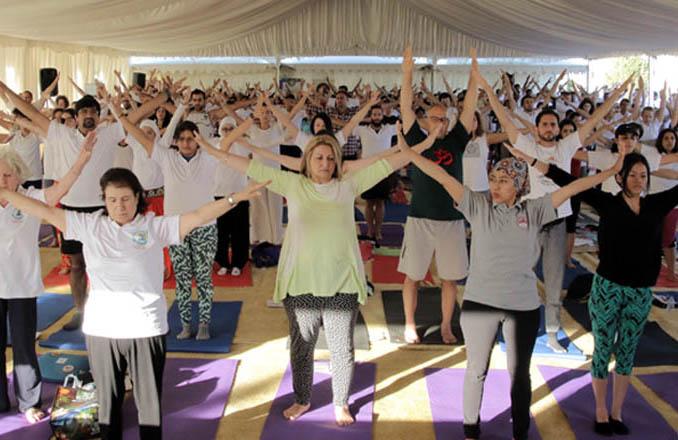You are here
Yoga: Indian practice that has turned into a global phenomenon
By AFP - Jun 23,2019 - Last updated at Jun 24,2019

Photo courtesy of Yogi Madhav/unsplash.com
RANCHI, India — The Indian discipline of yoga, involving spiritual and physical practices, is followed in myriad forms today by millions of people worldwide, with an entry in UNESCO’s intangible cultural heritage list.
Here is some background for International Yoga Day, marked on Friday for the fifth time.
Transcending suffering
The word “yoga” has its origins in the ancient Sanskrit language and means “to attach, join, harness, yoke”.
This is the notion underpinning the discipline, according to French historian Bernard Sergent, which is to join the intellect of the one practising with the “universal soul”.
Yoga first appeared in ancient texts such as the sacred Hindu epic the Bhagavad Gita, written between the fifth and second centuries BC.
It is born of an “awareness of the unsatisfactory character of the human condition”, says India specialist Tara Michael, author of the book “Yoga” published in France in 1980.
The practice emerged as a way of transcending this suffering.
However, in its present-day use yoga is often no more than a form of exercise, Michael says.
Modern (re)invention
Yoga became known in the West towards the end of the 19th century as it was undergoing a major revival in India under the Hindu teacher Swami Vivekananda.
This philosopher-monk stressed yoga’s rational and scientific qualities in a bid to make the discipline compatible with the West.
His book “Raja Yoga” lays the foundations for a modern and international yoga.
In the first half of the 20th century, Western texts began to detail yoga postures, also known as “asanas”.
The emphasis on these postures and their sequences, such as the famous Sun Salutations, is a recent development, says India specialist Sita Reddy in “Yoga, The Art of Transformation”.
Modern Western references such as the Oxford English Dictionary define yoga as a “spiritual and ascetic discipline” which includes “breath control, simple meditation and the adoption of specific bodily postures.”
Global phenomenon
Indian metaphysics captured the imagination of counter-cultural movements of the 1960s and 1970s, as epitomised by the relationship between The Beatles and the Indian guru Maharishi Mahesh.
Yoga as a spiritual practice was popularised at this time with the more athletic and dynamic methods developed in the 1980s and 1990s, says Mark Singleton from the School of Oriental and African Studies in London.
It is difficult to say just how many people practise yoga around the world today, although some estimate it could be up to around 200 to 300 million.
Studies have shown its benefits for dealing with anxiety, depression and sleep disorders, with yoga considered more effective than a simple physical activity but less than psychotherapy.
World heritage
Since coming to power in 2014, India’s Prime Minister Narendra Modi has used yoga as an emblem of India’s flourishing in the world, pushing for the UN resolution that has — since 2015 — consecrated June 21 as International Yoga Day.
UNESCO added yoga to its list of intangible cultural heritage in 2016 in recognition of its influence on Indian society, “from health and medicine to education and the arts”.
“Designed to help individuals build self-realisation, ease any suffering they may be experiencing and allow for a state of liberation, [yoga] is practised by the young and old without discriminating against gender, class or religion,” UNESCO added in a Tweet.
Related Articles
AMMAN — Jordan celebrated the second International Day of Yoga on Tuesday with a peace march in the capital and yoga demonstrations.Jordania
AMMAN — Spreading their yoga mats on the morning grass and performing in unison, nearly 70 people joined the Indian embassy’s celebration to
AMMAN — Yogis and yoginis gathered at the Amman Citadel on Wednesday to celebrate the third International Day of Yoga, in an open-air yoga p

















